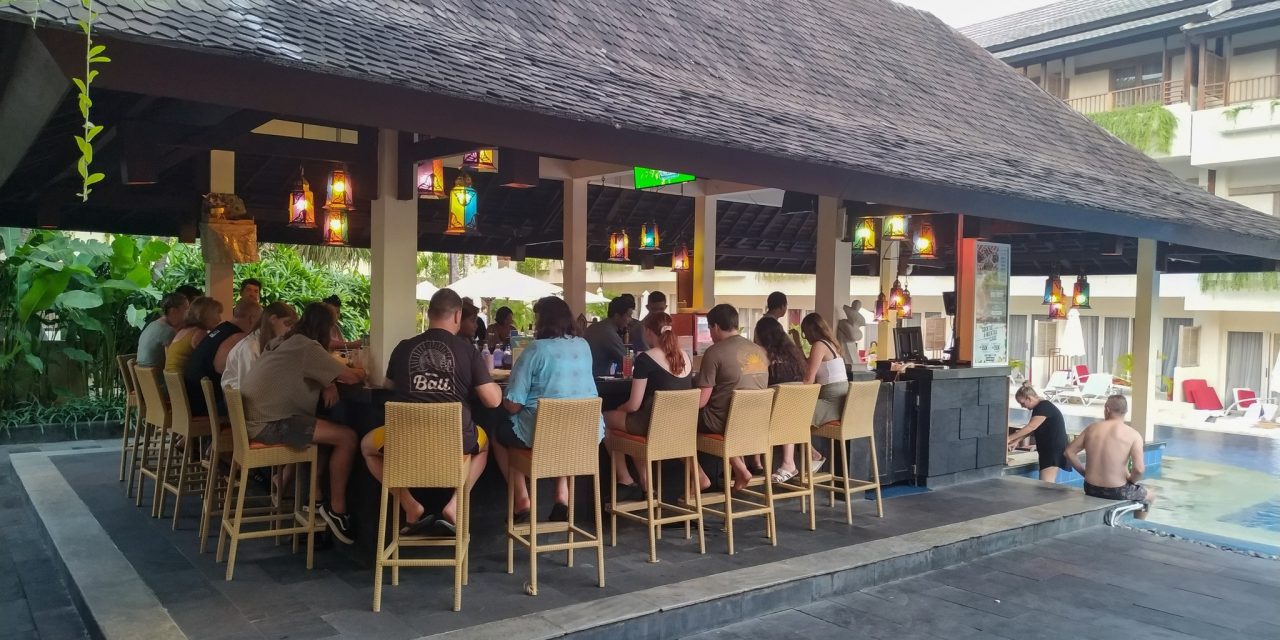When you think of Bali, certain images come to mind: pristine beaches, vibrant rice terraces, and, of course, the rich culture that runs deeper than the crystal-blue water. As a frequent traveler to Ubud, I’ve always been enchanted by its historical sites, but my experiences truly blossomed when I started exploring them with local guides. Here’s a detailed look into Ubud’s historical gems, along with insights into why you should immerse yourself in this experience.
The Allure of Ubud’s History
Ubud, often termed the cultural heart of Bali, is steeped in history that dates back centuries. Its ancient temples, traditional art markets, and the remnants of old kingdoms transport you to a different era. Yet, there’s something undeniably special about experiencing these sites through the eyes of a local. This isn’t just sightseeing; it’s storytelling.
Why Local Guides?
As I wandered through Ubud for the first time, I recall standing in front of the iconic Ubud Palace. While the façade was beautiful, I felt an emptiness in not knowing the stories hidden behind those intricately carved walls. That’s when I decided to hire a local guide — and I couldn’t have made a better choice. Local guides are not just knowledgeable; they are passionate about their culture and eager to share it with visitors.
Here’s a practical tip: choose a guide who understands your interests, be it history, art, or spirituality. I had a guide named Wayan, whose enthusiasm for Bali’s history brought every site to life. He regaled me with tales of the royal family and the significance of each aesthetic detail in Ubud Palace.
A Day with Wayan: Exploring Ubud’s Historical Sites
Our first stop was Goa Gajah, the Elephant Cave, a site that took my breath away. As we approached, Wayan explained the cave’s origins, believed to be a meditation site dating back to the 11th century. It’s one thing to read about it, but hearing the legend of how the cave was named gave it an entirely new dimension.
I remember standing at the entrance, feeling the serenity of the site, while Wayan shared a local proverb that resonated deeply, “The sound of the water may be gentle, but its roots run deep.” This moment reminded me of how, often in life, we overlook the depth of what’s right in front of us.
The Sacred Monkey Forest
Next, we ventured into the Sacred Monkey Forest, where the mischievous monkeys are the true rulers. While Wayan urged me to keep my belongings close, he also narrated a fascinating story about the forest’s management and its spiritual significance to the Balinese.
I had my camera out, trying to catch the little creatures in action, when one decided to snatch my sunglasses. Though a moment of panic ensued, Wayan easily diffused the situation, calmly sharing how the monkeys often interact with visitors. This light-heartedness turned a minor scare into a memorable anecdote.
Visiting Pura Taman Saraswati
Our last historical stop was Pura Taman Saraswati, a stunning water temple dedicated to the goddess of knowledge and arts. The lotus pond shimmering in the afternoon sun was simply mesmerizing. Wayan shared stories of rituals and ceremonies that take place here, and it was astonishing to think that these rites have been performed for generations.
I can still recall the warm breeze and the sweet scent of frangipani flowers as Wayan led us in a small meditation session. This wasn’t just a tour; it was a transformative experience that engaged all my senses.
Practical Advice for Exploring Ubud
1. Book Ahead: Especially during peak tourist seasons, book your local guides in advance. Sites like Airbnb Experiences often have qualified local guides listed.
2. Engage with Your Guide: Ask questions! Guides love sharing their knowledge, and the more you inquire, the richer your experience will be.
3. Dress Respectfully: When visiting temples, ensure you wear modest clothing. Many sites provide sarongs, as a sign of respect.
4. Have an Open Mind: Historic sites come with layers of cultural meanings. Stay open to learning and appreciating these nuances.
5. Balance It Out: While historical sites are fascinating, don’t forget to enjoy Ubud’s natural beauty and artistry. Blend your itinerary with art galleries or a serene afternoon at a rice terrace.
Final Thoughts
Exploring Ubud’s historical sites with local guides transformed my understanding of Balinese culture. Their stories brought the past to life and created connections that traditional sightseeing simply doesn’t offer. Whether it’s Goa Gajah’s mystique or the enchanting beauty of Pura Taman Saraswati, having a guide like Wayan was the key to unlocking the heart of Ubud.So, if you find yourself in this cultural haven, consider that local guide. The perspectives they provide will not only embellish your journey but also enrich your soul. Isn’t that what travel is truly about? Happy exploring, and may your Ubud adventure be filled with discovery and joy!






